How to Choose Between Resin, Acrylic, and Fiberglass for a 3D Display?
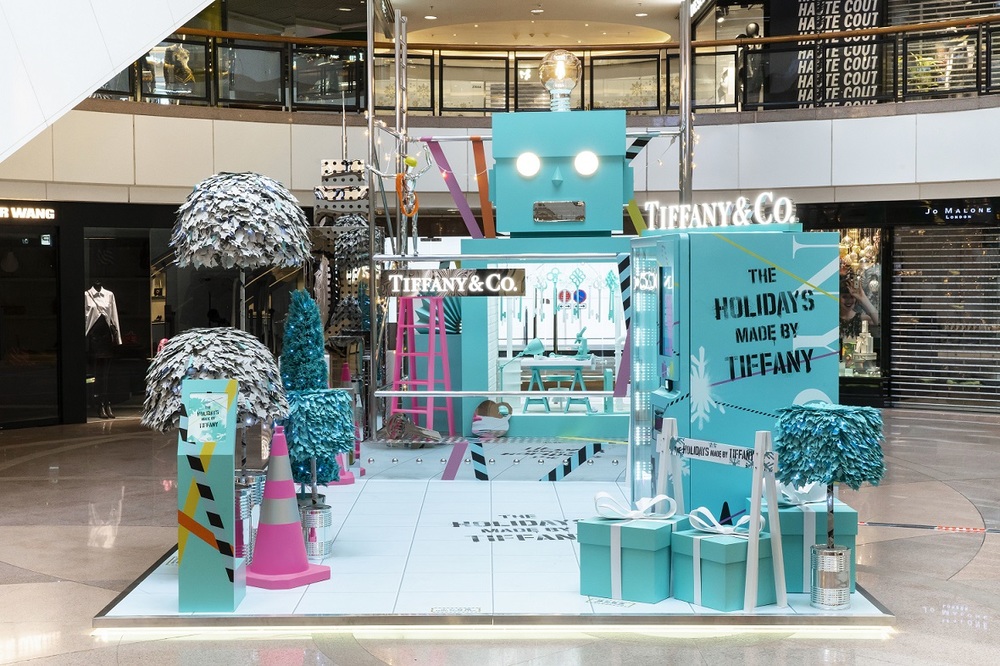
Wondering whether to use resin, acrylic, or fiberglass for a 3D retail display? Samtop compares the pros, cons, and best applications of each to help you select the ideal material for your design, budget, and visual goals.
Table of Contents
Choosing the right material for your 3D retail prop can make or break a project. This article compares resin vs acrylic vs fiberglass for 3D display decisions — helping you pick the best option based on finish, scale, and cost.
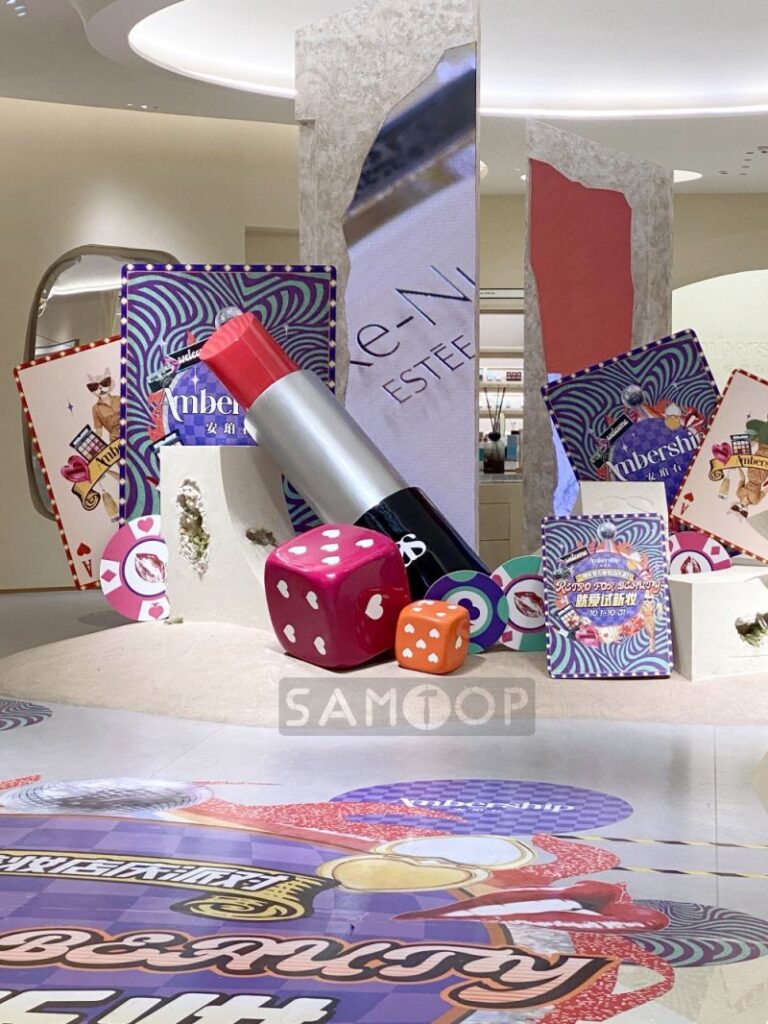
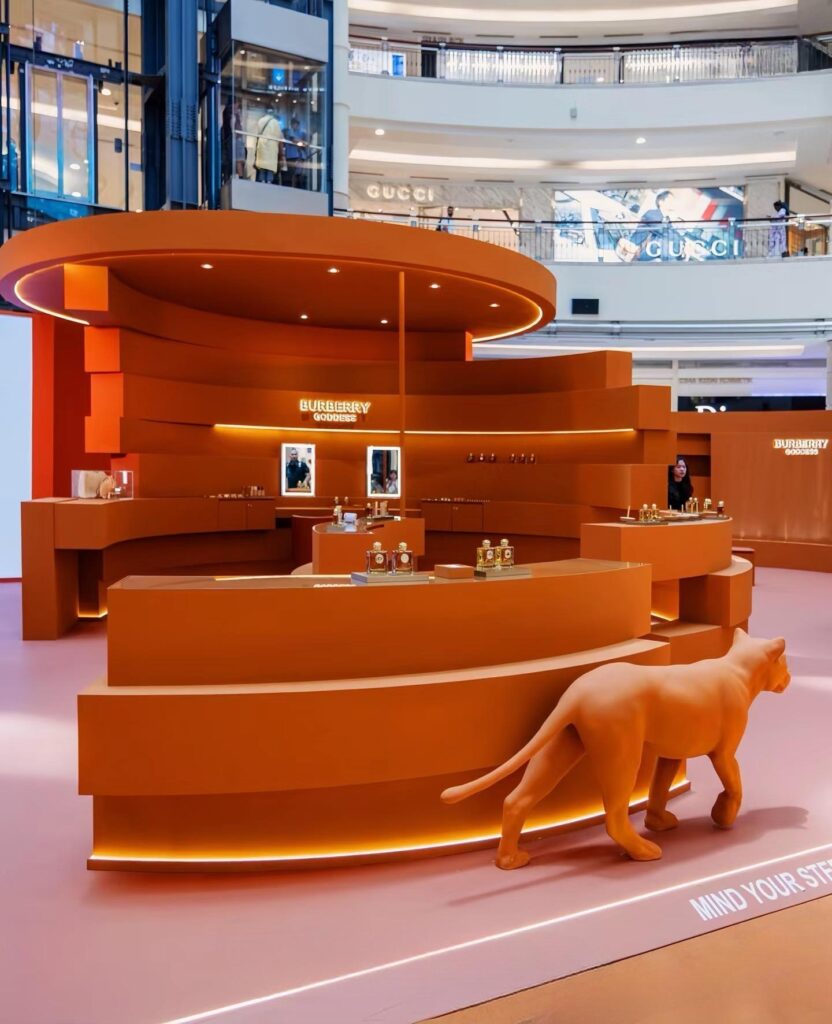
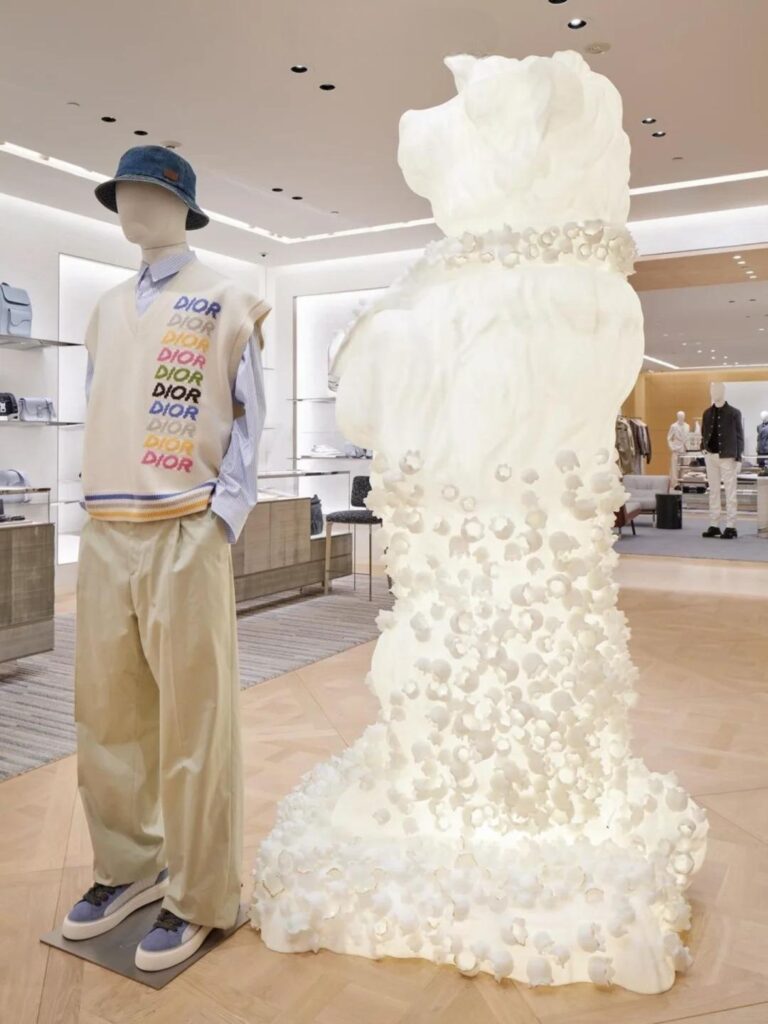
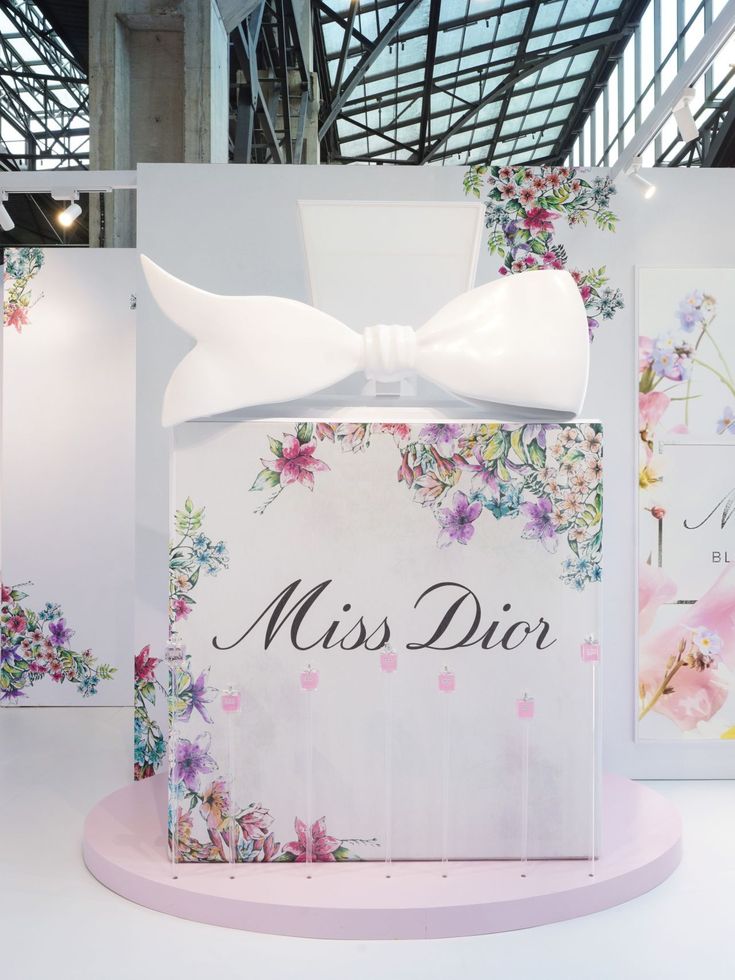
Resin vs Acrylic vs Fiberglass for 3D Displays – Which Is Best?
You’ve sketched a dramatic 3D visual — a sculpted logo, a giant bottle, or a window candy cane.
But now the critical question arises:
“Should we use resin, acrylic, or fiberglass for this display?”
Get it wrong, and you risk cracking, warping, or budget overkill.
This guide helps you compare resin vs acrylic vs fiberglass for 3D display projects — based on finish, weight, scale, and application.
Before choosing materials, compare resin vs acrylic vs fiberglass for 3D display goals like lighting, weight, and surface finish.
🧱 🧱 Overview: Resin vs Acrylic vs Fiberglass for 3D Display
When comparing resin vs acrylic vs fiberglass for 3D display needs, think about finish, lighting, installation, and budget.
| Material | Best For | Key Strength |
|---|---|---|
| Resin | Small-medium 3D shapes | High detail, smooth finish |
| Acrylic | Flat/lighted features | Clarity, modern premium look |
| Fiberglass | Large-scale props | Lightweight + strong + scalable |
✅ 1. When to Use Resin in Visual Merchandising
Best for:
Fragrance glorifiers, replicas, logo blocks, mid-sized 3D shapes
- Captures fine details and curves
- Smooth surface — ideal for gloss or metallic spray
- Dense and stable for premium feel
- Allows lighting inside or behind
🎯 Perfect for premium countertop displays where finish matters.
✅ 2. When Acrylic Is the Best Fit for a 3D Display
Best for:
Edge-lit logos, lightboxes, transparent trays
- Clear as glass, lightweight
- Crisp edges with laser cutting
- LED compatibility (edge or backlit)
- Available in many thicknesses
💡 Mirror acrylic = metal effect without weight or cost.
✅ 3. Best Use Cases for Fiberglass (FRP)
When Fiberglass Is Best for Large 3D Display Props
Window sculptures, giant props, outdoor signage
- Scale up to 2+ meters
- Lightweight hollow core
- Matte, gloss, glitter, or metallic spray options
- Weather-resistant
🎯 Ideal for dramatic window installations.
🔍 Full Comparison Table: Resin vs Acrylic vs FRP
| Property | Resin | Acrylic | Fiberglass (FRP) |
|---|---|---|---|
| 🔹 Best for | Detail | Light/clarity | Scale |
| 🧱 Strength | Heavy/solid | Brittle (thin) | Shell structure |
| 🎨 Finish | Smooth | High gloss | Sprayable |
| 🔌 Lighting | Internal | Edge/backlit | Indirect only |
| ⚖️ Weight | Heavy | Medium | Light |
| 💰 Cost | Medium-high | Medium | Low per volume |
| 🛠 Mold required? | Yes | No (sheet) | Yes |
| 🌦 Outdoor safe? | No | No | Yes |
⚠️ Mistakes to Avoid When Choosing Display Material
| Mistake | Why It’s a Problem |
|---|---|
| Using acrylic for large 3D | Can warp, crack, or shatter |
| Using resin for large props | Too heavy, expensive to scale |
| Using FRP for small details | Needs extra sanding, can’t match fine detail |
| Assuming acrylic is always cheap | Mirror finish adds polish costs |
✅ Talk to us to avoid costly material errors.
For a premium retail brand, choosing the best 3D display material affects both aesthetics and logistics.
💬 Client Case Study: Giant Perfume Bottle Display
Project: 1.5m window bottle
Options:
| Resin | Fiberglass (FRP) |
|---|---|
| 52kg, ultra-smooth finish | 18kg, required some surface sanding |
| Higher mold + material cost | Lower cost for 3+ units |
| Harder to ship | Flat-packed crate solution |
🎯 Final choice: FRP + glossy spray = balance of quality and logistics
5 Questions Before You Choose a Material
- Will it be freestanding or counter-mounted?
- Is LED integration required?
- What size and level of detail is needed?
- Indoor only, or outdoor/window display?
- One piece or multiple rollouts?
📩 Need Help Picking the Right Material?
Send us:
- Your sketch or reference photo
- Target size and finish
- Where it will be used (store type, indoor/outdoor)
- Quantity and budget
❓ FAQ about Resin, Acrylic, and Fiberglass for Displays
What’s the best material for large 3D displays?
Fiberglass (FRP) is ideal due to its lightweight shell structure and scalability.
Can I use resin for window props?
Resin offers smooth finishes but is heavy and costly for large displays — not recommended.
Is acrylic suitable for 3D props?
Only for smaller or flat elements. Large acrylic forms can warp or crack under stress.
Which material works best with LED lighting?
Acrylic is ideal for edge-lit effects; resin allows embedded lighting; fiberglass supports indirect light.
Which material is most cost-effective for mass production?
Fiberglass is typically lowest cost per volume for larger rollouts.
🔗 What is FRP? – CompositesWorld